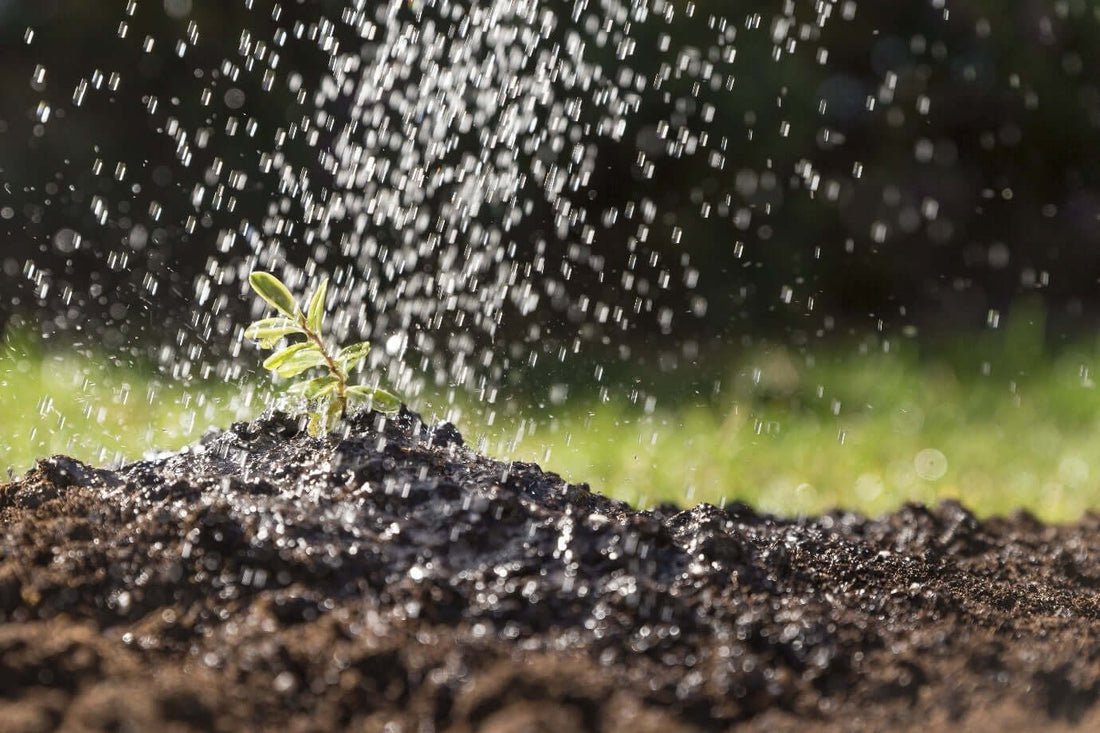
Is Liquid Concentrate Fertilizer the Missing Link in Crop Yield Gains?
Feeding the soil isn’t enough anymore. Growers are looking beyond old habits. They're measuring what’s actually getting absorbed—and what’s getting lost.
That's why many are turning to liquid concentrate fertilizer. It’s not just about faster delivery. It’s about precision. Timing. And unlocking root potential.
But is it truly the missing piece in the yield puzzle? Let’s get into it.
What Makes Liquid Fertilizer Different?
Liquid nutrients hit the soil—and the plant—faster than solids. There’s no need for microbial breakdown. No waiting on moisture to activate granules.
Once applied, the roots or leaves start absorbing right away. The formula is already dissolved. That matters in short growing windows.
Also, liquids distribute more evenly. Sprayers or drip lines help avoid clumping or hot spots.
One-time gains are good. But consistent absorption across the entire root zone? That’s where yields can really shift.
Nutrient Efficiency: What the Numbers Say
Solid fertilizer often sees uptake losses of 30–50%. Why? Leaching. Runoff. Volatilization. It breaks down slowly. By the time roots are ready, some of it is already gone.
Liquid options can reduce that loss significantly. Less time on the soil means fewer chances for loss.
In sandy soils with low retention, this becomes a game-changer. Roots get more of what was applied—and sooner.
One USDA report noted nitrogen uptake efficiency as high as 90% when using fertigation with liquid formulas. That’s a big gap compared to surface-applied dry forms.
Timing Nutrient Loads with Growth Stages
Crops don’t need the same nutrients all season. Early growth may call for nitrogen. Later phases might lean on potassium or calcium.
Liquid systems allow changes to the nutrient mix at every stage. That’s something dry products can’t do easily.
Example: Corn typically has three major nutrient peaks—emergence, vegetative growth, and silking. Each stage benefits from a unique nutrient balance.
With liquid delivery, those adjustments are quick and clean. It's precision farming without over-complication.
Better Absorption Through Foliar Feeding
Sometimes the soil just isn't enough. Salinity, pH issues, compaction—these can block nutrient uptake.
Foliar feeding sidesteps that. Liquid fertilizer sprayed directly onto leaves delivers nutrients through stomata.
Research has shown foliar iron corrects chlorosis faster than soil amendments. And foliar magnesium restores photosynthesis quickly after deficiency shows.
Also Read: Why Gardeners Love Doyle’s Thornless Blackberry Plants
Foliar feeding isn’t for every nutrient or every crop. But when roots can’t keep up, the leaves can step in.
Liquid Concentrate: More Than Just Convenience
The term “fertilizer concentrate” refers to high-density nutrient solutions. These are not ready-to-use. They’re mixed with water before application.
That’s not just about ease of shipping. It allows storage flexibility, better shelf life, and lower cost per acre.
It also lets growers dial in strength. A weak solution might be ideal for seedlings. A strong one for mid-season growth spurts. That adjustability supports smarter farming, not just faster feeding.
Root Zone Targeting and Microbial Support
Liquid fertilizers move with water. That means they’re more likely to hit the rhizosphere—the area directly around the roots.
This is where microbial life is most active. If the microbes are supported, they help break down organic matter, fix nitrogen, and feed the plant naturally.
Some growers use bioactive liquid blends to support both roots and microbes. It’s a double benefit. The plant gets nutrition, and so does the soil.
It’s not only about immediate gain. It helps sustain soil health over time.
Common Missteps to Avoid
Not every switch to liquid ends in success. Here’s what tends to go wrong:
● Wrong dilution: Too strong and it burns. Too weak and it wastes labor.
● Poor timing: Apply right before rain, and you’ll lose most of it.
● Wrong placement: Spray too wide or shallow, and roots won’t reach it.
● One-size-fits-all mixes: What works for lettuce won’t work for tomatoes.
Soil testing and tissue sampling are essential here. Guesswork costs money. Data makes things clear.
Where It Shines the Most
Some conditions favor liquid over dry:
● High-value crops: Fruits, berries, greenhouse veggies—all benefit from precise feeding.
● Short-season plants: Fast growth means no time to wait for dry breakdown.
● Poor soils: Liquid can bypass pH and compaction issues.
● Irrigation-based systems: Drip lines and pivots deliver liquid directly to the root zone.
The payoff? Tighter growth cycles. Less variability. More consistent harvests.
So, Is It the Missing Link?
It might not be the only solution. But it’s clearly one of the most powerful tools available. The gains are real when matched with knowledge and timing.
It reduces waste, improves uptake, and helps match nutrition with growth. That kind of flexibility has long-term effects on soil, plant health, and profitability. From the Soil to the Berry: What We Know at Doyle's Thornless Blackberry
We’ve worked with growers across climates, soil types, and growing systems. For over 60 years, Doyle’s Thornless Blackberry® has stood as proof that genetics, care, and smart feeding matter.
Our blackberry plants don’t just survive. They thrive. In frost zones from 3 to 10. Across all 50 states and multiple continents. Why do growers choose us? Because they’re not guessing. They’re choosing a plant built for high yields, fewer pests, and zero thorns. No cutting corners. Just better fruit.
Visit our site to learn more about the plant that keeps breaking records. We’re here to help you grow what matters. Place your first order with us today. You won’t be disappointed.
